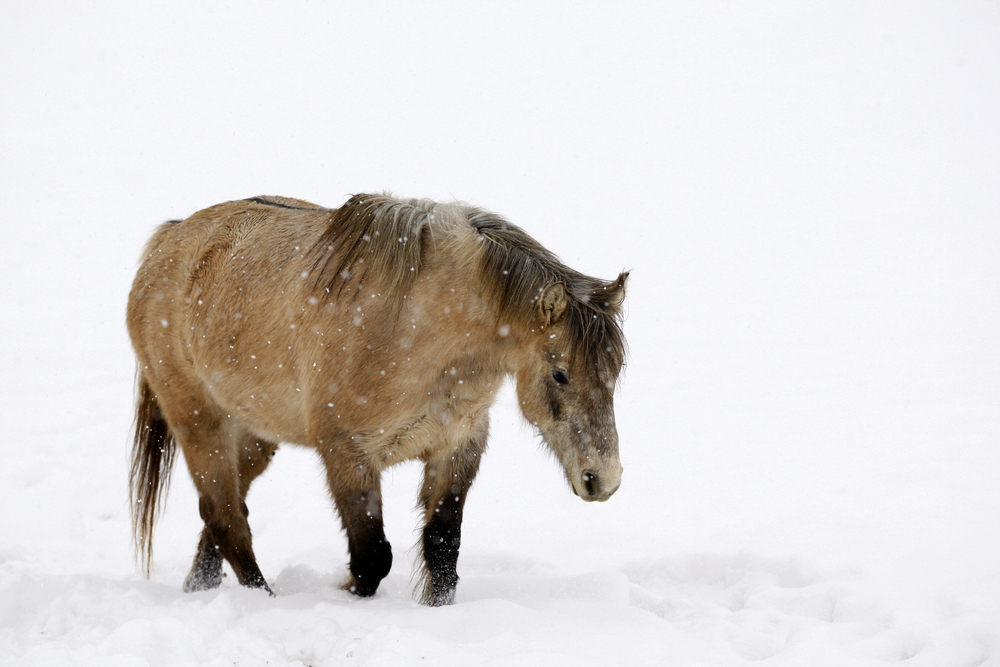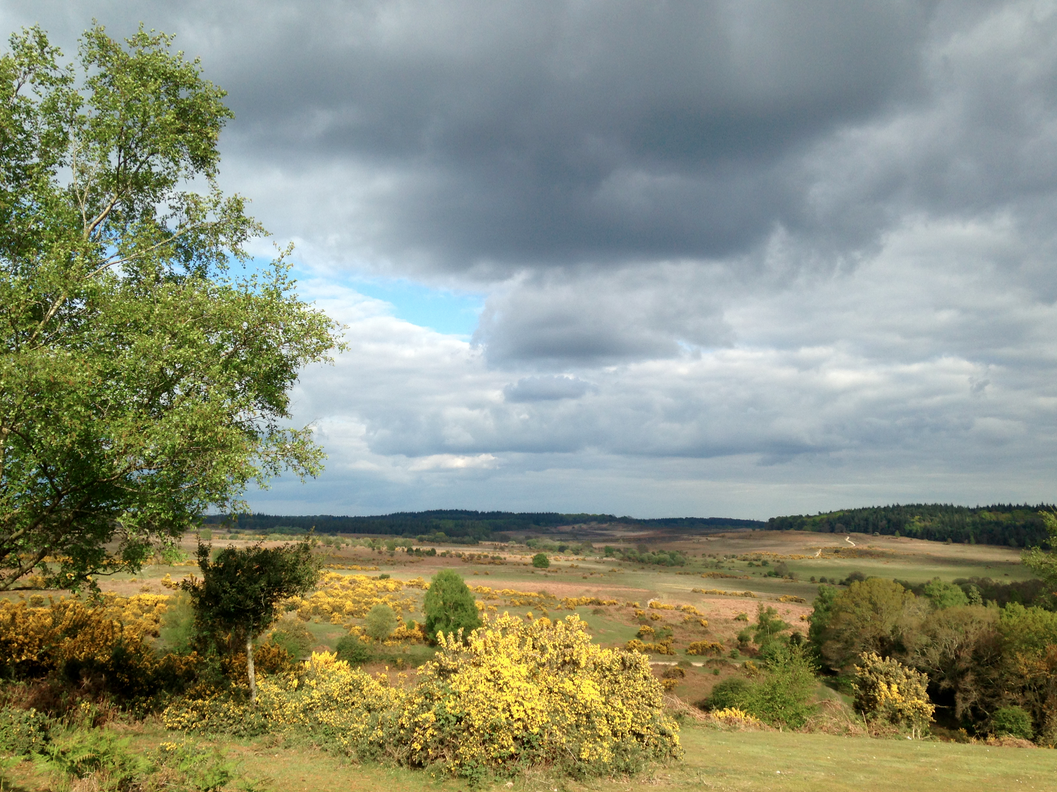
The ‘Big Freeze’ of 1962-1963 is within living memory of many of the New Forest commoners.
This week our annual, late-summer appointment with the chimney sweep occurred, and just as well because there have been a few nights over the past week or so that I’ve been sorely tempted to light a fire in the hearth. Usually, fires are not lit at home until after the end of British Summer Time (BST), when the autumn clock’s go back an hour. Apparently though, I wasn’t the only customer to have been feeling the cold of late, and even the sweep had himself considered turning on the heating. Unseasonal weather in the New Forest is generally remembered more, I believe, because of its ‘working’ nature, either through forestry, or agriculture and commoning. People working out-of-doors and at the mercy of the elements do tend to become fixated on the weather. Though, some episodes from history, as recorded by contemporary accounts, have taken on seemingly biblical proportions; and a few of these singular meteorological events, such as the ‘Big Freeze’ of 1962-1963 have even occurred within living memory. Indeed, many commoners from the senior generation have plenty of tales to tell of floods, droughts, hurricanes and prolonged snowfall. This preoccupation with the weather has plenty of historical precedent, and is an acknowledged British pastime, but the eighteenth century, in particular, seems to have been a period for violent storms locally, giving people plenty to talk about.
The Great Storm
One of the first significant weather events widely recorded became known as ‘The Great Storm’. The damage done during the night of 26th November 1703 included upwards of 400 windmills that were either blown down or ‘took fire, by the violence with which their sails were driven round by the wind’.[1] It was reported that the Royal Navy had lost 15 ships, and more than 300 merchant vessels were destroyed, with upwards of 6,000 British seamen losing their lives.[2] At Ringwood and Fordingbridge several houses and trees were blown down, and many houses uncovered [i.e. had their roofs blown off].[3] According to one witness, above 4,000 trees were blown down in the New Forest, ‘some of prodigious Bigness’.[4] In July 1760 a violent thunderstorm fell near Fordingbrige and Ringwood casting so much rain, that the water of the brooks running from the New Forest into the River Avon was, ‘in less than an hours time’, raised to the height of ten or twelve feet.[5] This flash flood was so severe that ‘great quantities of hay and thread, which was whitening in the meadows near Fordingbridge, were swept away by the inundation, as were also great numbers of hogs, together with their sties. At Gorely eighteen hogs were carried off at once, but saved by the diligence of a neighbouring farmer’.[6]
Fordingbridge tornado
Newspapers in February 1770, reported that Fordingbridge parish church (St. Mary’s) was ‘much damaged by a tornado, which entirely stripped the lead off the north side of the roof of the middle aisle, from the tower even to the west door; the gust of wind was so furious that the sheets of lead weighing in the whole upwards of two ton, were many of them rent like paper, and all carried away with great velocity entirely over the said roof, and falling on the opposite side, carried with it several yards of the parapet wall, many large stones of which were thrown over into the south side of the Church-yard. To prevent any further desolation the workmen immediately ascended the church, but being unable to withstand the violence of the hurricane, were obliged to retire’.[7] Whether the eighteenth century was unusual, in terms of global weather patterns, I could not say; but it certainly put the recent chilly-snap of my experience into perspective.

Moody skies over the Forest: people working out-of-doors and at the mercy of the elements do tend to become fixated on the weather.
SOURCES:
[1] ‘Royal Navy in Commission’ in The Nautical Magazine and Naval Chronicle for 1847 (London, 1847), p. 45.
[2] Ibid.
[3] Daniel Defoe, An Historical Narrative of the Great and Tremendous Storm: which happened on Nov, 26th, 1703 (London, 1769), p.88.
[4] Ibid, p. 113.
[5] Lloyd’s Evening Post and British Chronicle (London, England), July 7, 1760 – July 9, 1760.
[6] London Evening Post (London, England), July 8, 1760 – July 10, 1760.
[7] Lloyd’s Evening Post (London, England), February 12, 1770 – February 14, 1770.


You must be logged in to post a comment.